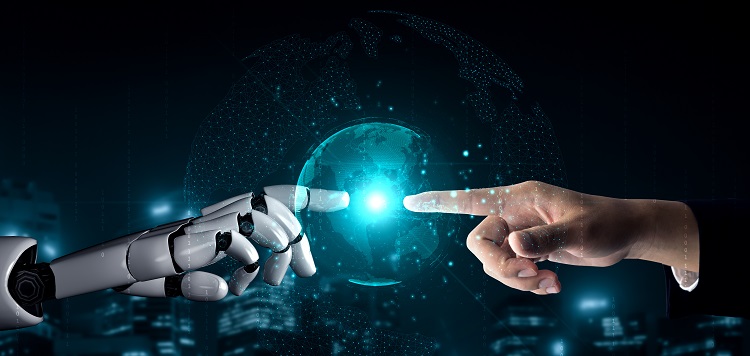In recent years, there has been a rise in the use of machines in various sectors of the economy. One of these sectors is customer service, where machines are gradually being introduced to interact with customers. The emergence of machine customers is revolutionizing the way businesses interact with their customers. This article aims to help readers understand what machine customers are, their significance, potential growth, and integration into customer journeys.
Understanding Machine Customers
This phrase does not have a commonly accepted definition. It is possible that it refers to a customer who uses machines, such as ATMs or online banking platforms, to conduct transactions with a bank. However, without additional context, it is difficult to determine the precise meaning.
A machine customer is a nonhuman economic actor that obtains goods or services in exchange for payment. This nonhuman entity could be a robot, algorithm, or any other form of automation. Machine customers are becoming increasingly popular as businesses seek to automate their operations and reduce expenses. They could range from self-driving cars, drones or automated factory floors. Essentially, any instance where a nonhuman entity is designed to obtain goods or services may qualify as a machine customer.
Significance of Machines to Enterprises’ Customers
The arrival of machine customers is projected to be more significant for enterprises than the arrival of digital commerce. This projection is based on the fact that machine customers introduce new revenue possibilities for businesses. As machine customers increase, businesses can offer unique services tailored to these customers, giving them a competitive edge over other businesses.
Projection of growth in the number of machine customers
According to research, 61 percent of senior business executives believe that roughly one-fifth of their revenue will come from machines as customers within the decade. This projection highlights the potential growth and significance of machine customers in the near future.
A Gartner Prediction for 2030
Gartner predicts that by 2030, one billion requests for customer service will be raised automatically by company-owned bots. This projection highlights the increasing use of machine agents for customer service.
The Increasing Use of Virtual Assistants in Customer Service
As digital customers continue to grow in popularity, virtual assistants are becoming increasingly important. Nearly 40 percent of customers will try using a virtual assistant to interact with customer service. This trend highlights the increasing use of virtual assistants by customers to interact with businesses.
Customer behavior with virtual assistants
Customers can now have a virtual concierge that takes care of many of their more repeatable and low-complexity tasks, thereby reducing customer effort to virtually zero. Machine customers reduce the effort and friction experienced by human customers, making the customer experience more seamless.
Benefits of Machine Learning for Customers
a. Low-complexity tasks
One of the benefits of automated machines is their ability to perform low-complexity tasks. These machines can handle repetitive and mundane tasks that were previously done by humans, freeing up human resources for more complex tasks.
B. Reduction of Customer Effort.
Machine customers can reduce the effort and friction experienced by human customers. This reduction in customer effort ensures that customers have a more seamless experience when interacting with businesses. Machine customers help businesses to offer a more streamlined and efficient experience to customers.
Senior Business Executives’ Belief
Senior business executives believe that roughly one-fifth of their revenue will come from machine customers within the decade. These executives understand the potential of machine customers and are positioning their businesses for maximum benefit from these customers.
Identification of Use Cases for Machine Customers
Leaders should review their customer journeys to identify use cases that can be executed by machine customers. By identifying these use cases, businesses can integrate machine customers into the customer journey and make customer interactions more efficient.
A scalable chatbot platform for bot-to-bot transactions
Investing in a scalable chatbot platform is essential to enable bot-to-bot transactions. With bot-to-bot transactions, interactions between machine customers and businesses become more seamless.
Evaluation of Chatbot Applications for Bot-to-Bot Interactions
To get the most out of their chatbots, customer service and support leaders should evaluate their organization’s chatbot applications for compatibility with bot-to-bot interactions. Through this evaluation, businesses can harness the full potential of their chatbots for maximum benefit.
Machine customers are gradually revolutionizing the way businesses interact with their customers. These customers offer businesses unique revenue opportunities and introduce more efficiency into customer interactions. Businesses must understand the potential of machine customers, identify use cases, and integrate these customers into their customer journey. By doing so, businesses can offer a more efficient and seamless experience to their customers, positioning themselves for success in the future.

